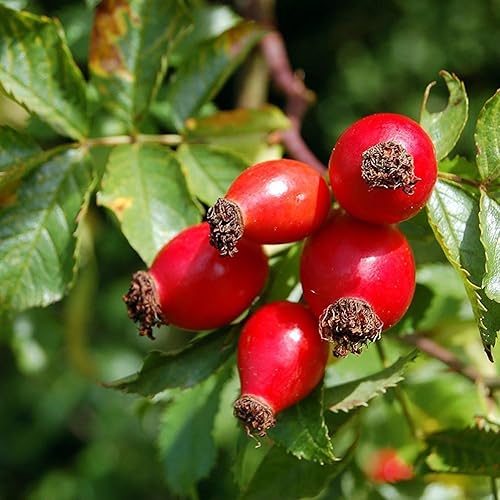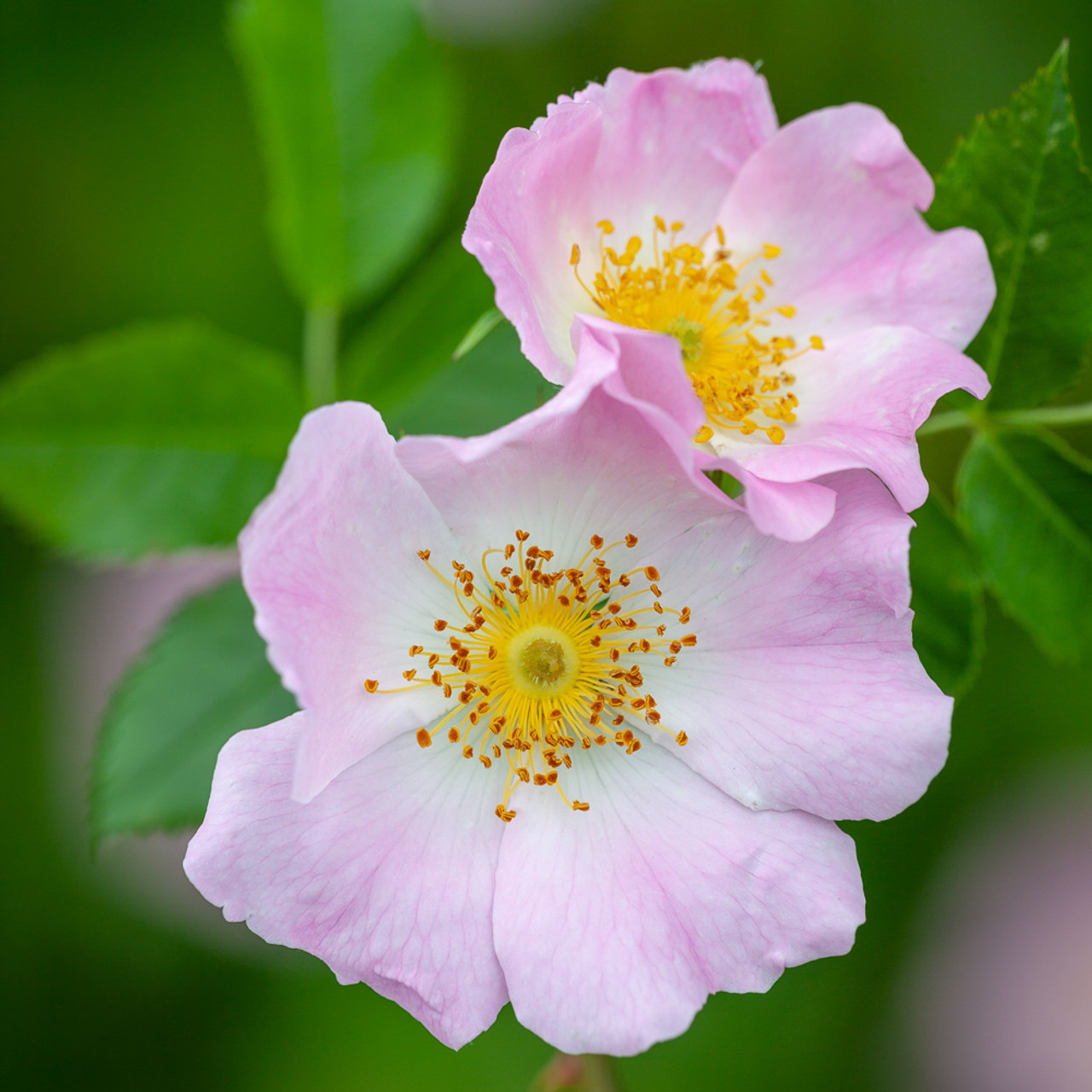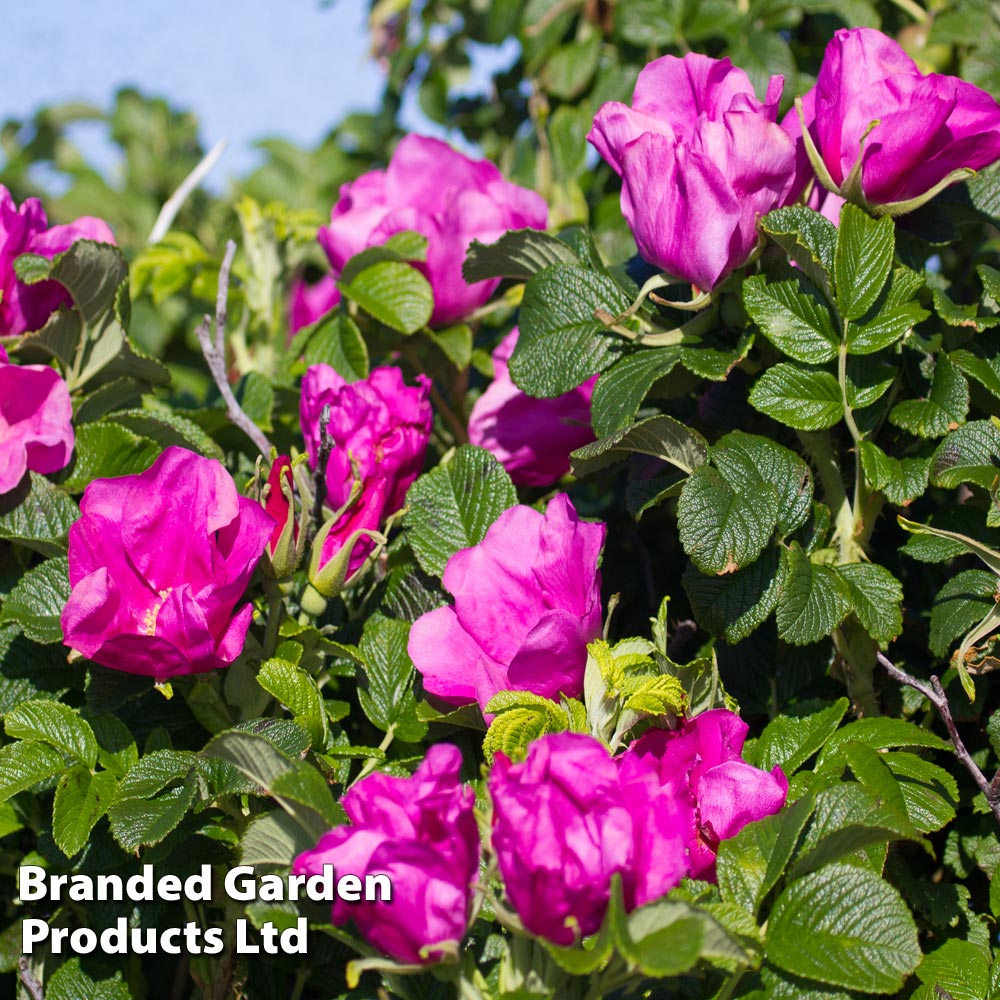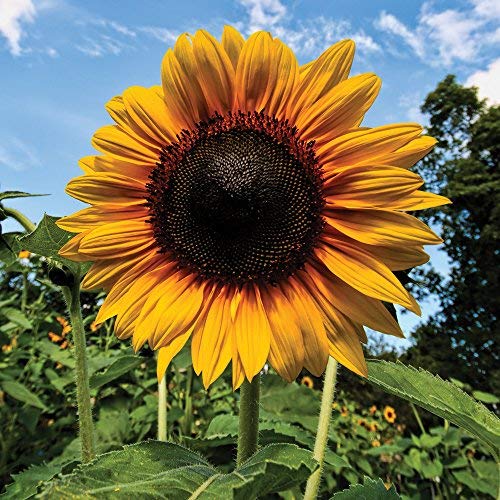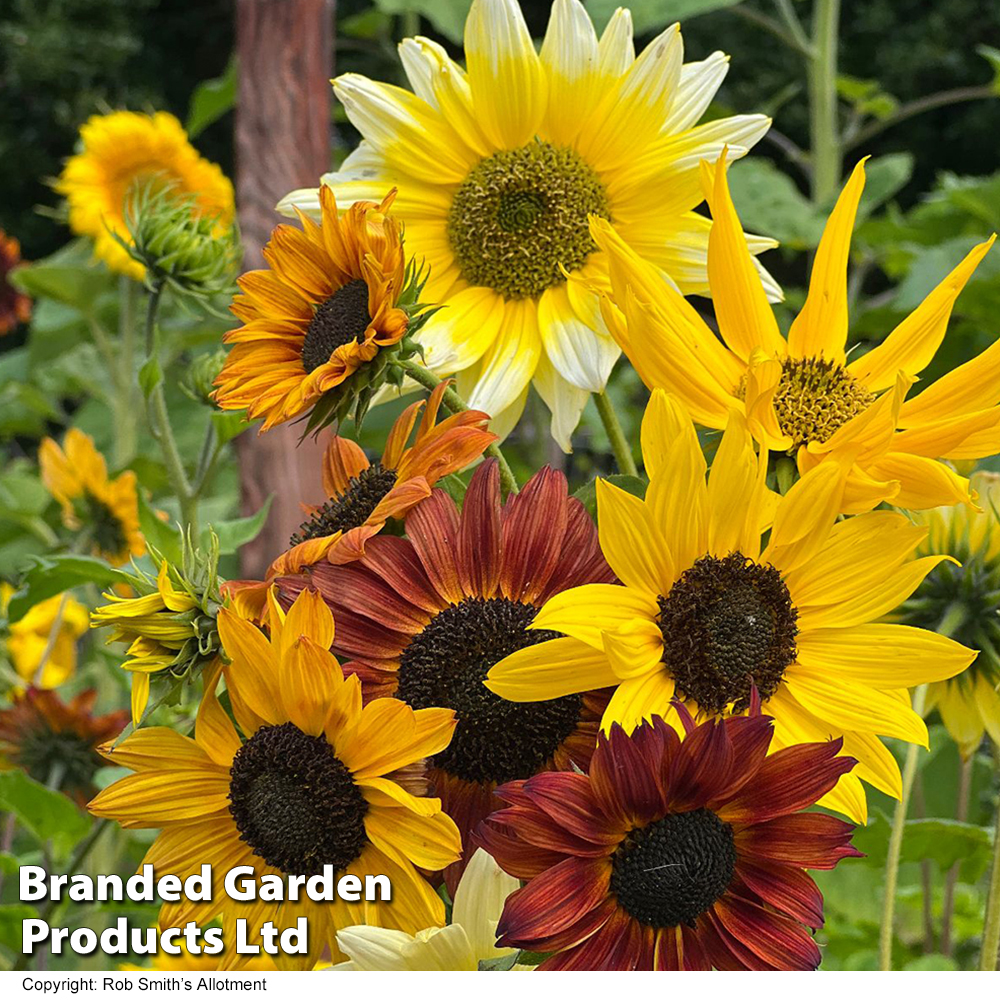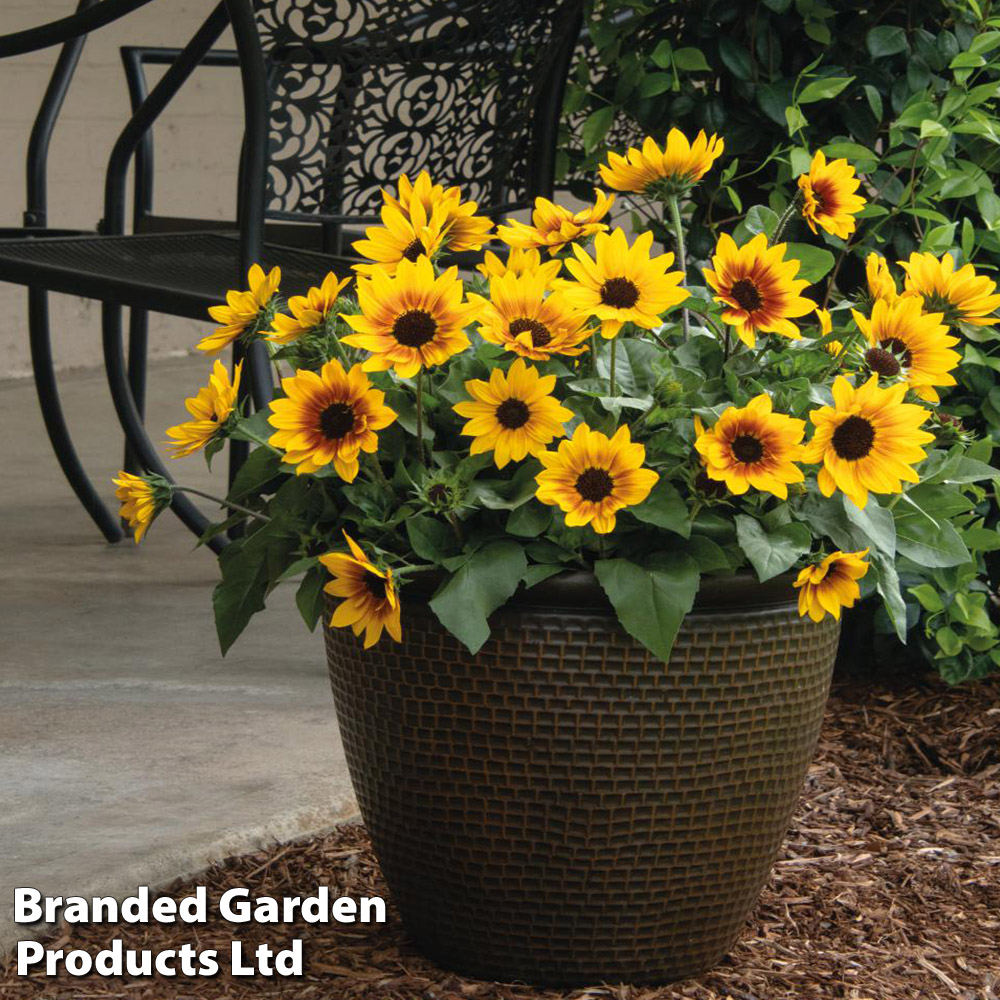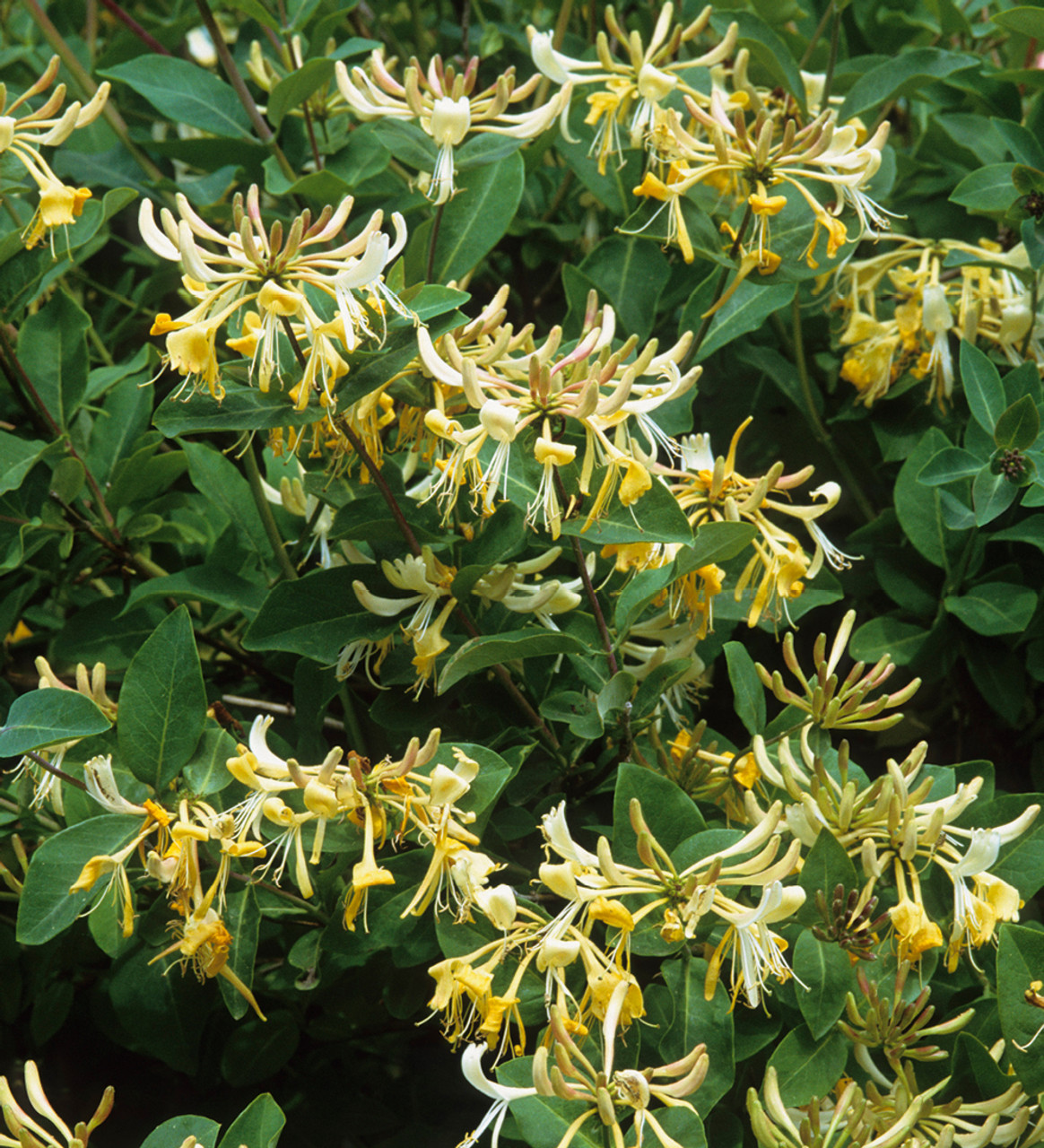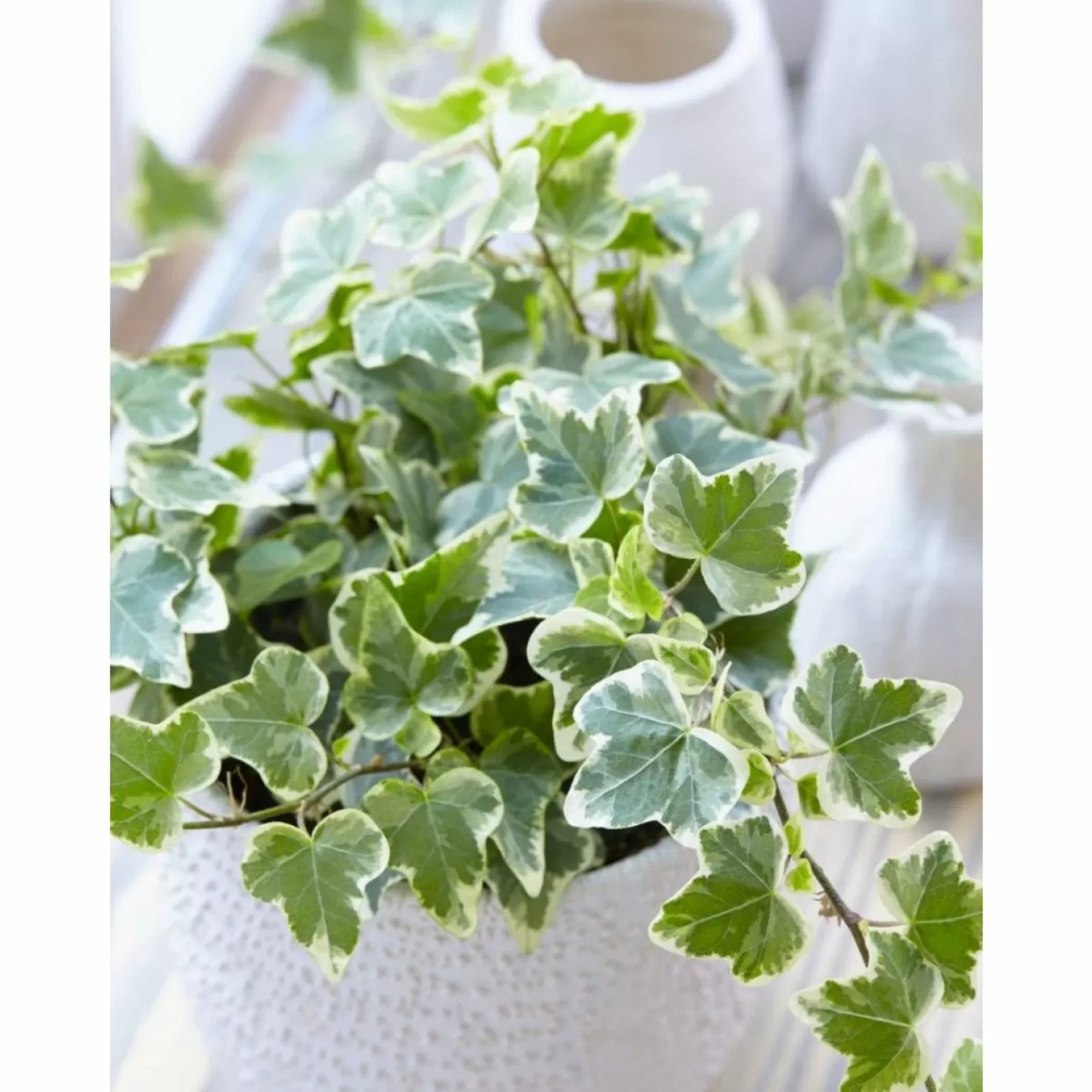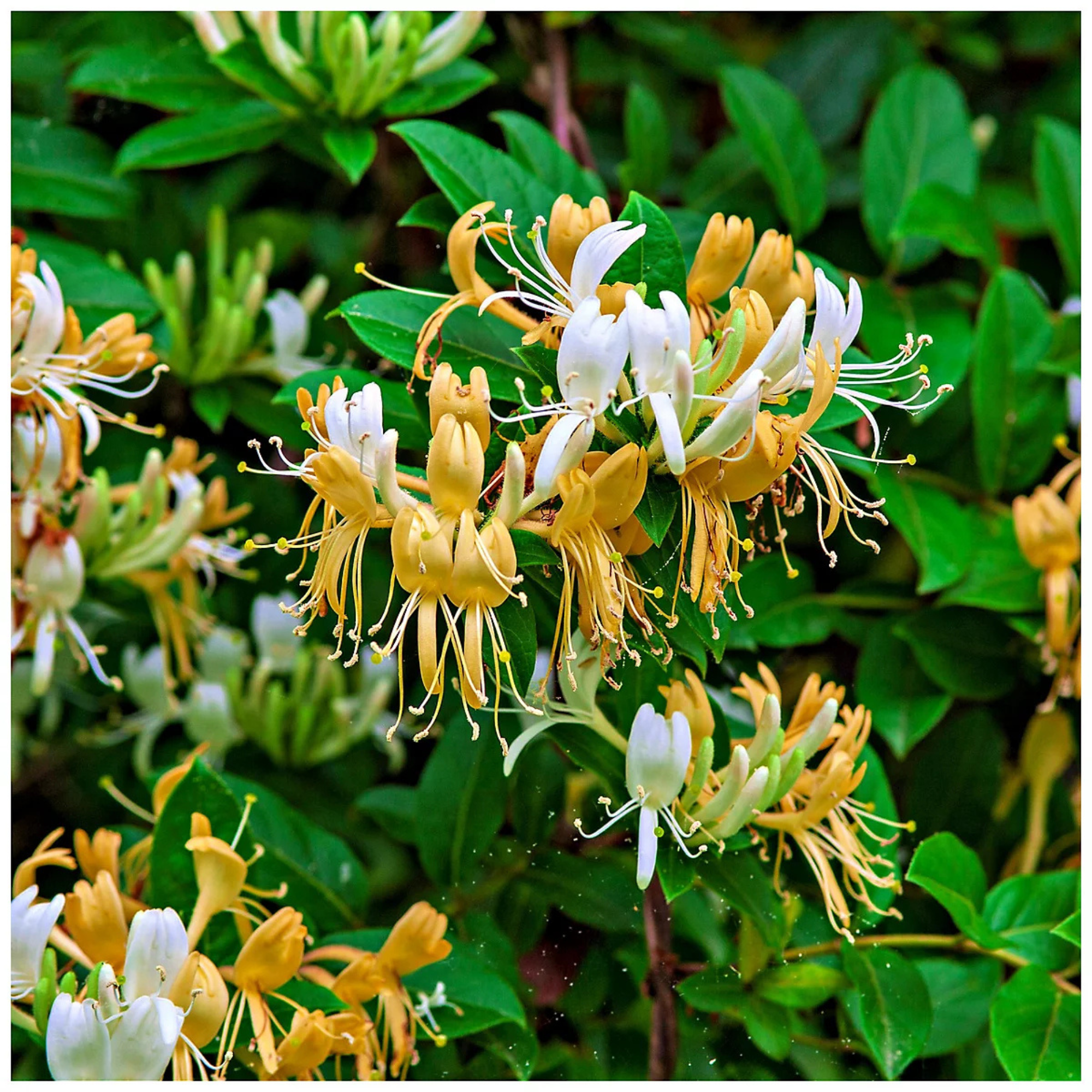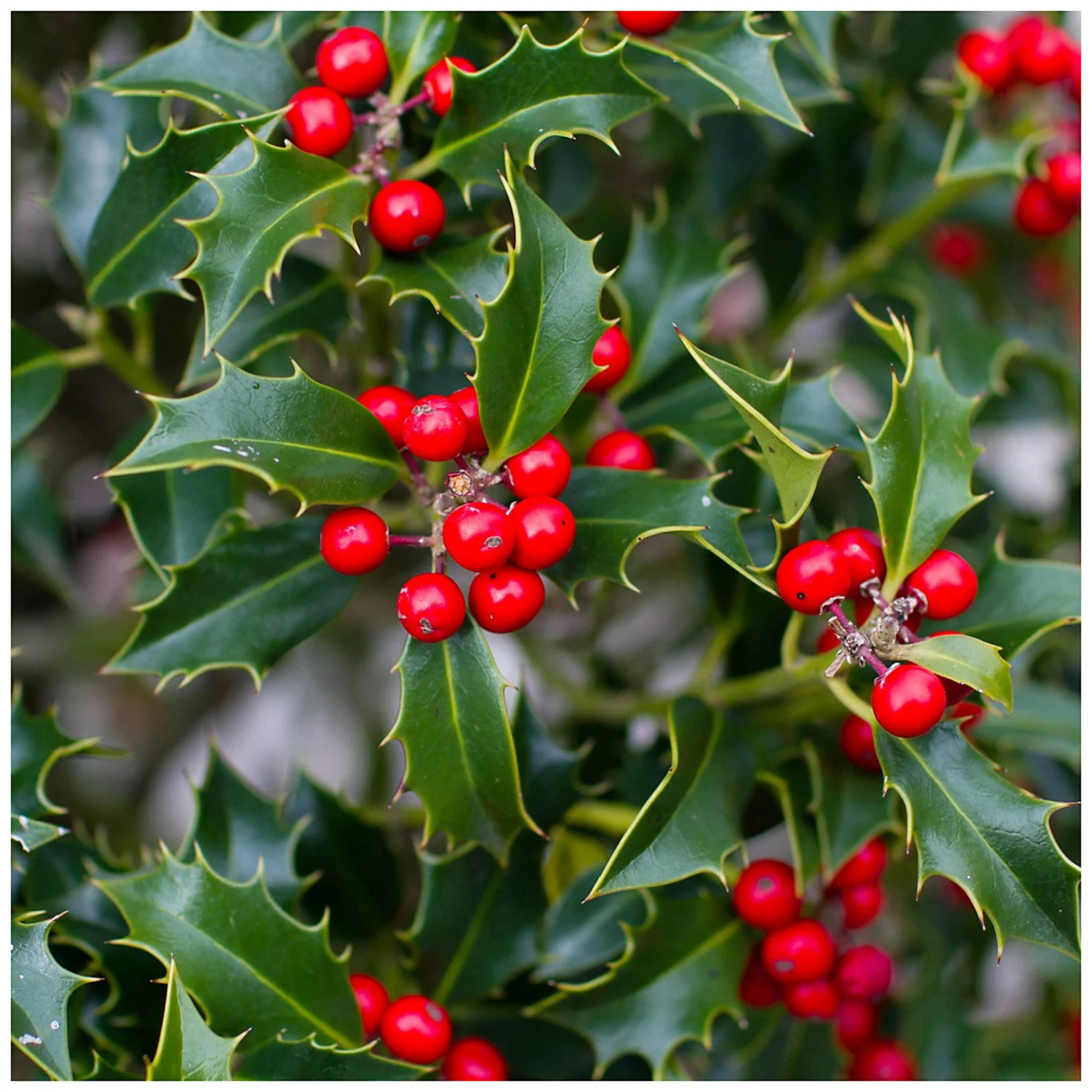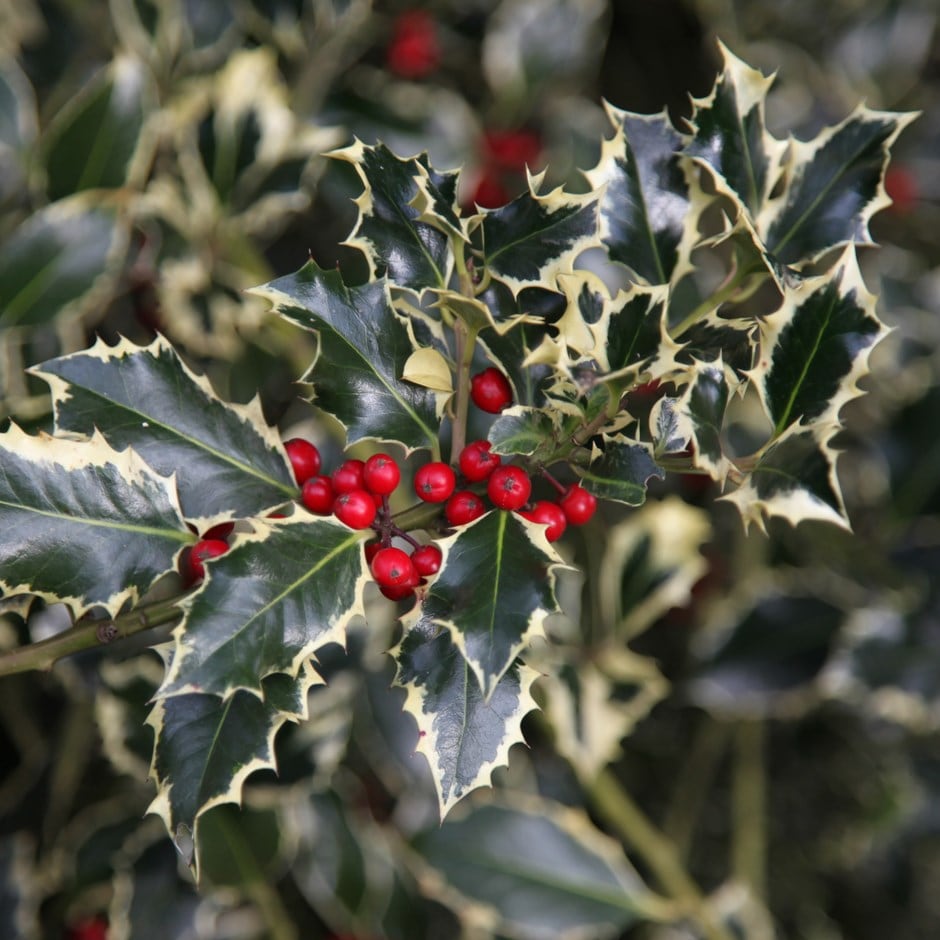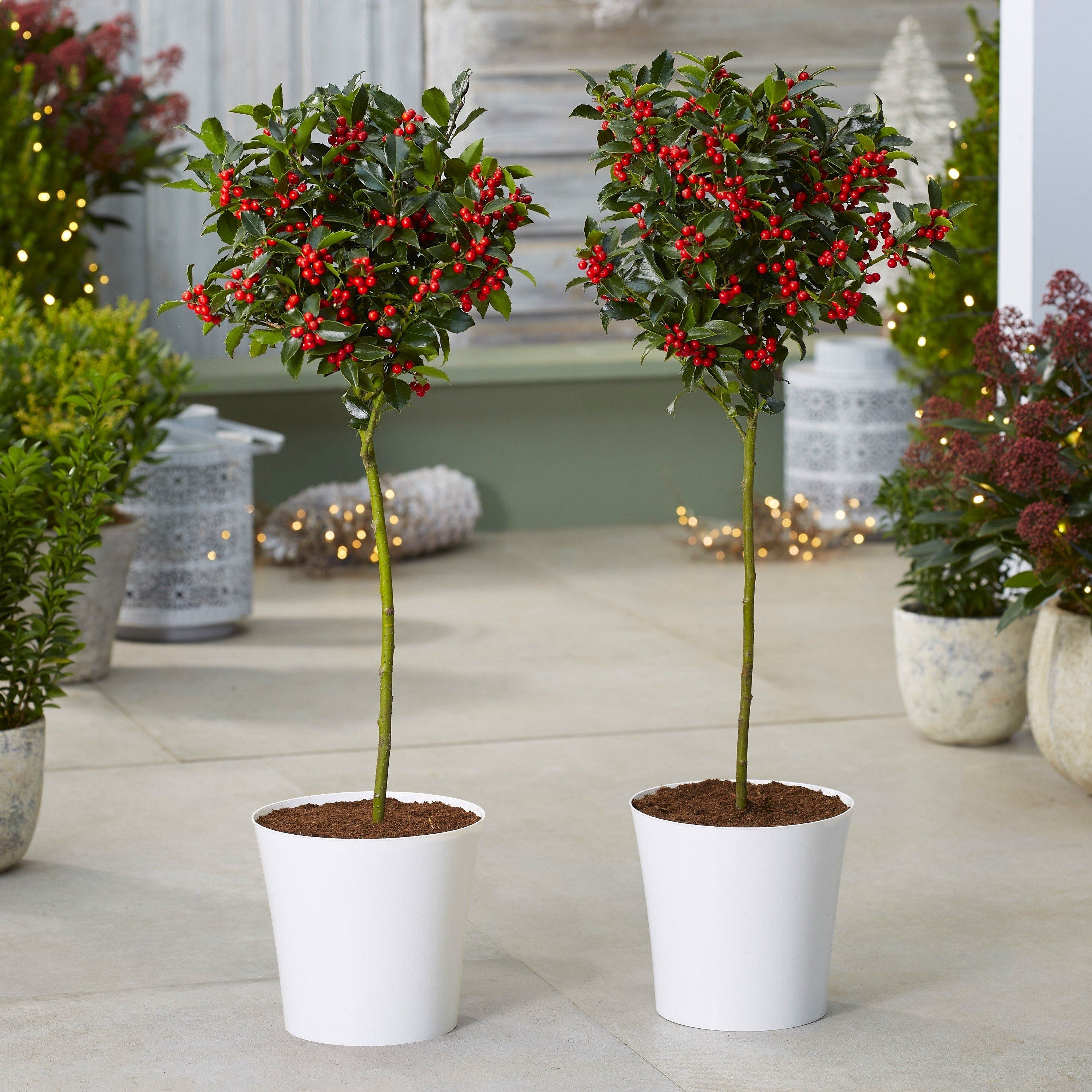Song birds will flock to your garden if you plant these 4 gorgeous native plants, wildlife experts say
If you want to welcome birds to your garden, you'll need to create a bird-friendly environment
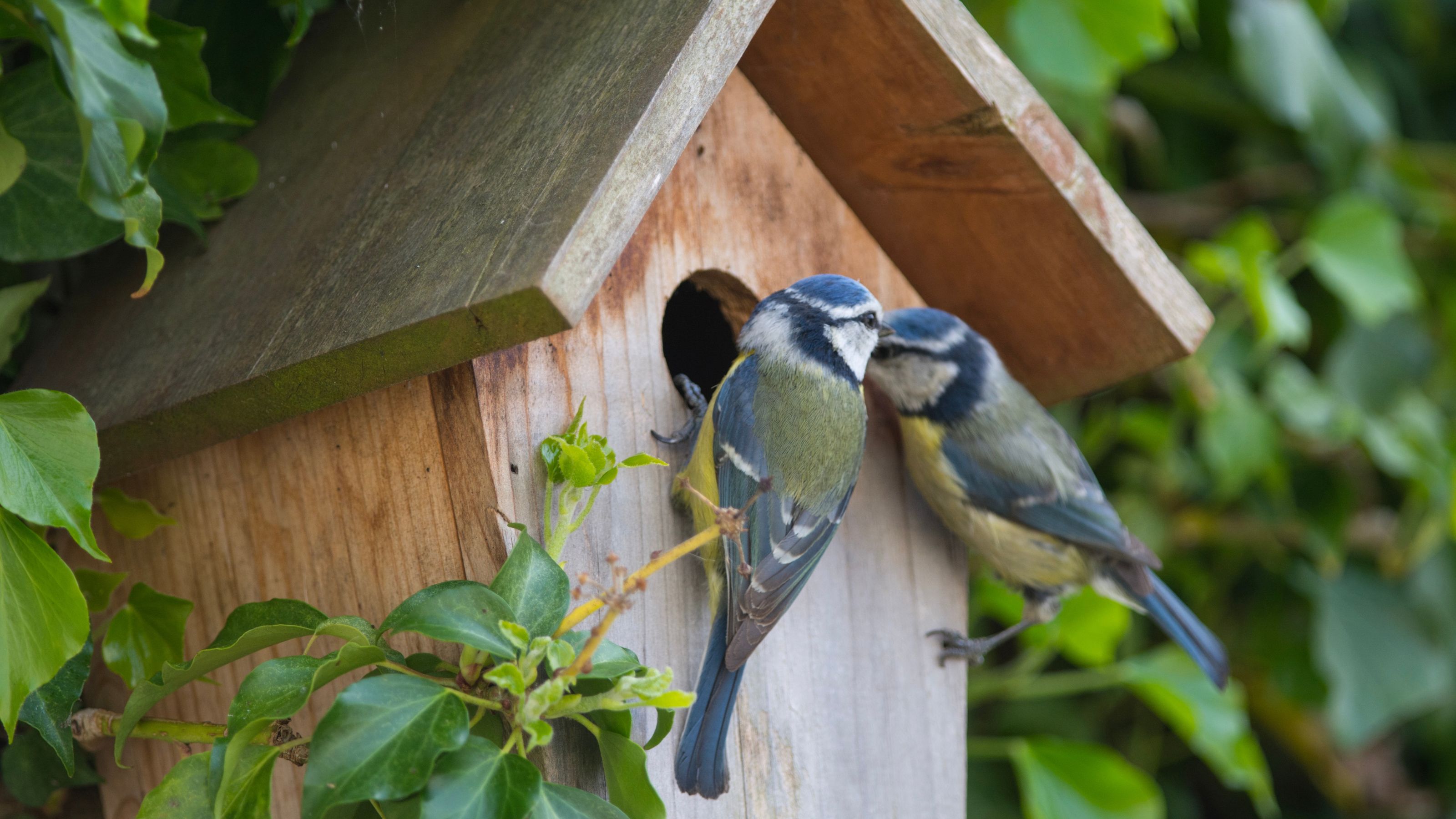

There’s nothing more relaxing than the sound of birds chirping first thing in the morning, but if you want to make this a regular occurrence, then garden experts have revealed the best plants to plant in your garden to create a song bird-friendly space, that will encourage robins, wrens and blackbirds to keep coming back.
When planning wildlife garden ideas to attract birds, providing a food source is vital to encourage them to keep coming back. And providing the best plants for birds means you help mimic their home environment.
With bird populations at risk in the UK, charities such as SongBird Survival are encouraging you to choose plants for your garden that benefit birds. So, without further ado, these are four of the best plants to attract birds to your garden.
1. Rosehip
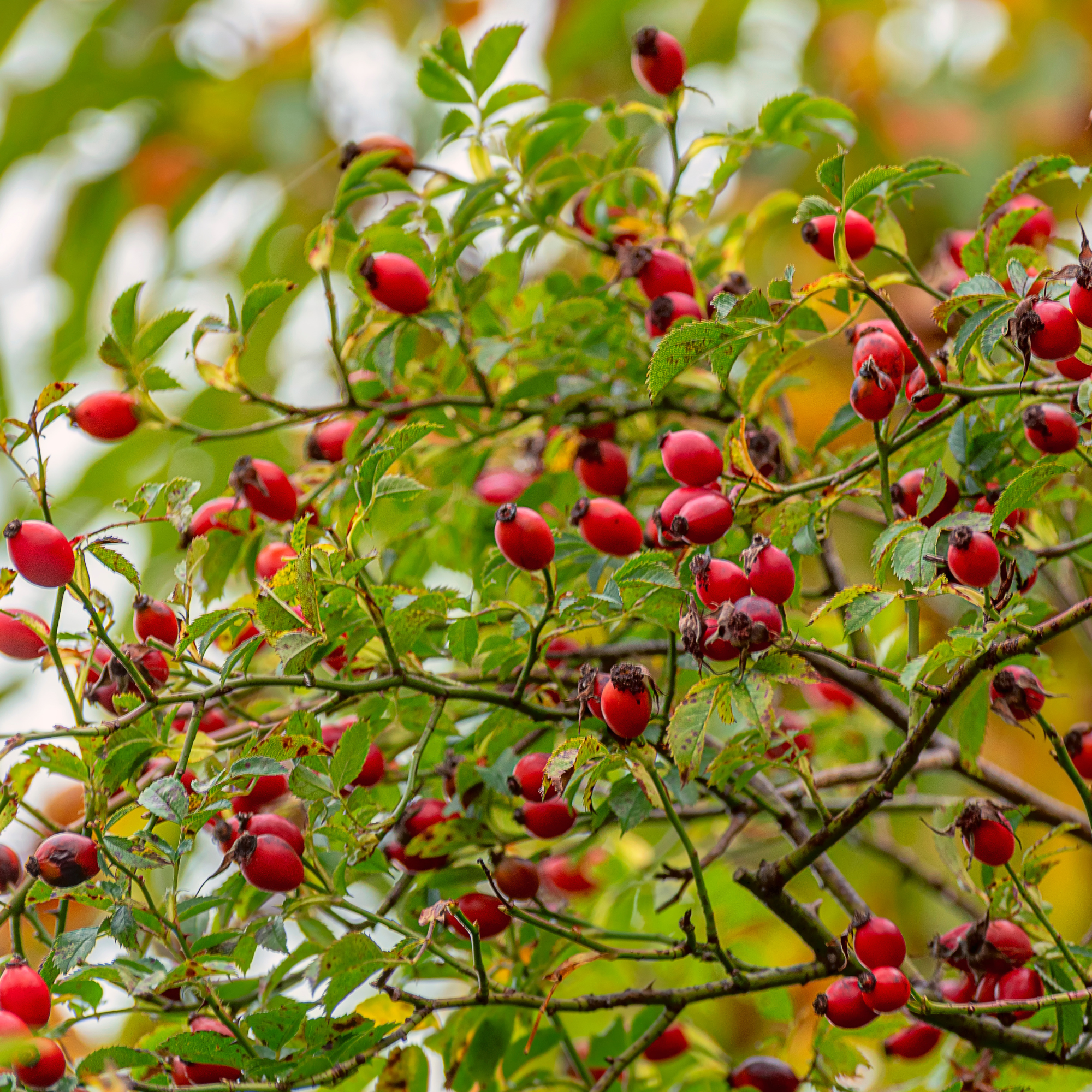
First on the list is rosehip, which provides an important food source for birds throughout the year. The plant can also act a a natural fertiliser and has numerous health benefits if you fancy a jam-making session at home.
‘Rose hips are also a fantastic option to attract birds into your garden, and they stay juicy and fresh until late winter, helping birds through those tough months. Not only do they provide a crucial food source full of nutrients and minerals for birds, but they also attract them with their bright colours,’ says James Ewens, gardening expert at Green Feathers.
‘The vibrant colour of rose hips not only brightens your garden, but these bright red hues also are easier to spot for birds, thus attracting them into your garden. Some winter snow across your garden, rose hips, and our feathery friends - picture perfect!’
2. Sunflowers
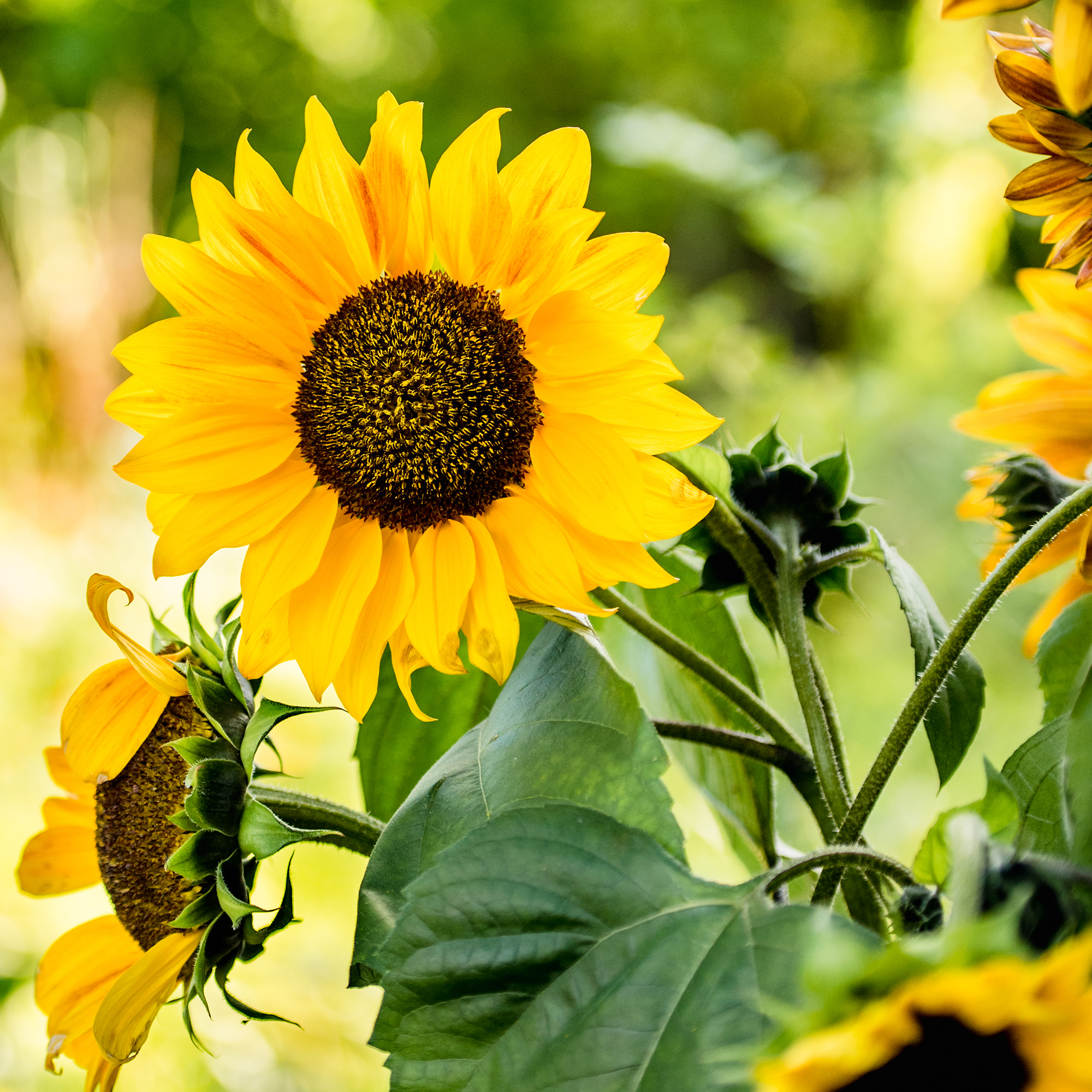
The good news is that you can grow sunflowers right now, and you definitely should if you want to attract birds. In fact, sunflower seeds are one of a robin’s favourite foods.
Sign up to our newsletter for style inspiration, real homes, project and garden advice and shopping know-how
'The faded flowers can be left on a sunflower plant as they will leave behind large seedheads. These seedheads are tightly packed with a large number of seeds, which are rich in oil and provide food through autumn for a range of seed-eating birds.'
'To have seedheads for birds, grow a single-headed variety instead of a double or multi-petalled variety, as these may not produce seeds,’ explains Graham Smith MCIHort, a gardening expert from LBS Horticulture.
3. Climbing plants
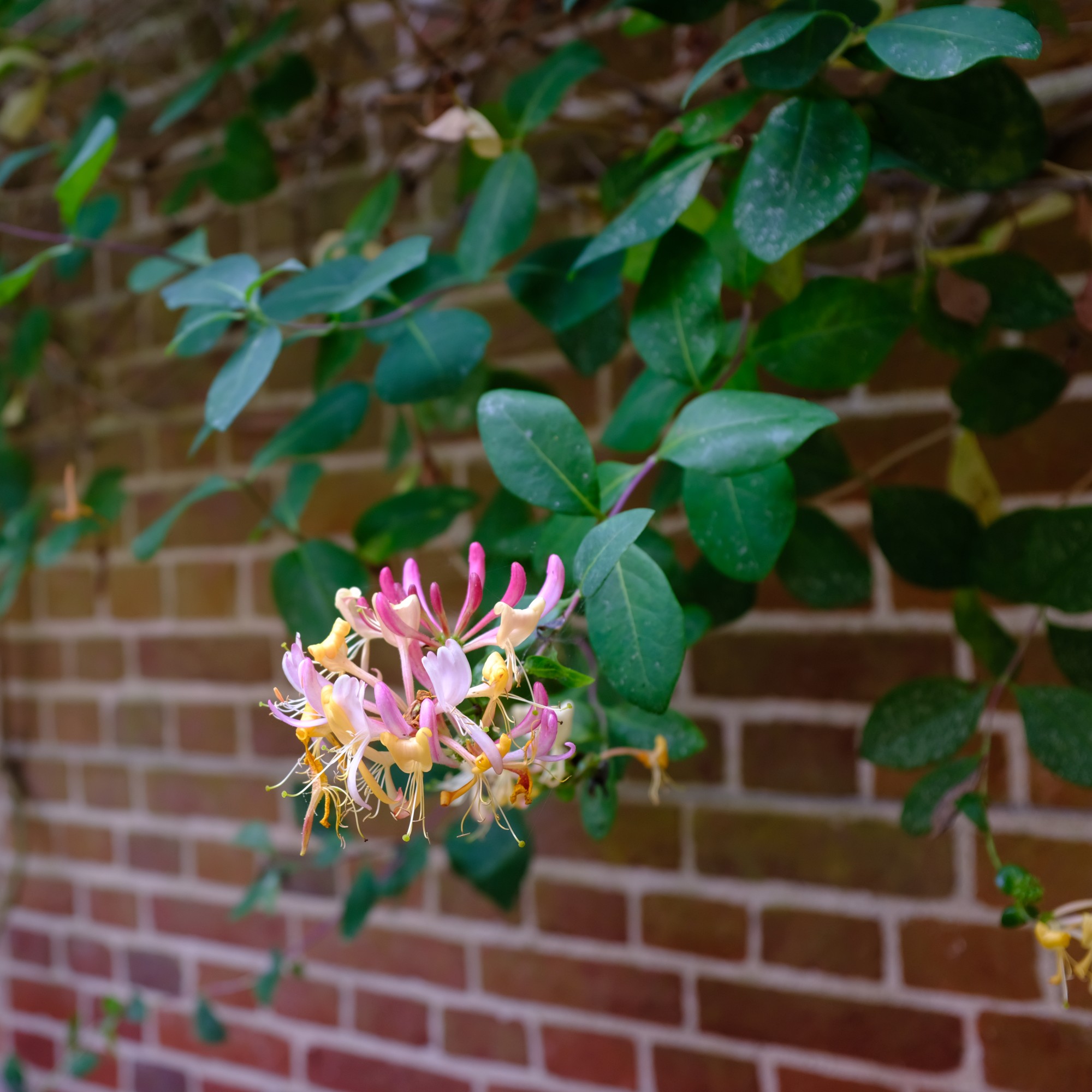
Climbing plants such as ivy or honeysuckle are also great choices for birds. If you’ve considered removing ivy from your garden, think again as birds find them very attractive.
‘Climbing plants provide both cover and nesting sites, and are particularly valuable in smaller gardens where space is at a premium,’ explains Lucy Taylor, garden wildlife expert at Vine House Farm Bird Feeder.
‘Honeysuckle is particularly good, and also has the benefit of bearing small red berries which many species of birds are attracted to - even blackcaps.
‘For trees and fences, native Ivy is excellent. The benefits of Ivy are that it provides cover from predators, great opportunities for nesting and food for insects. Wrens and Robins especially like it. Ivy flowers can be covered in bees and other flying insects, plus berries which many species of birds love, like Blackbirds and Wood Pigeons.’
4. Holly
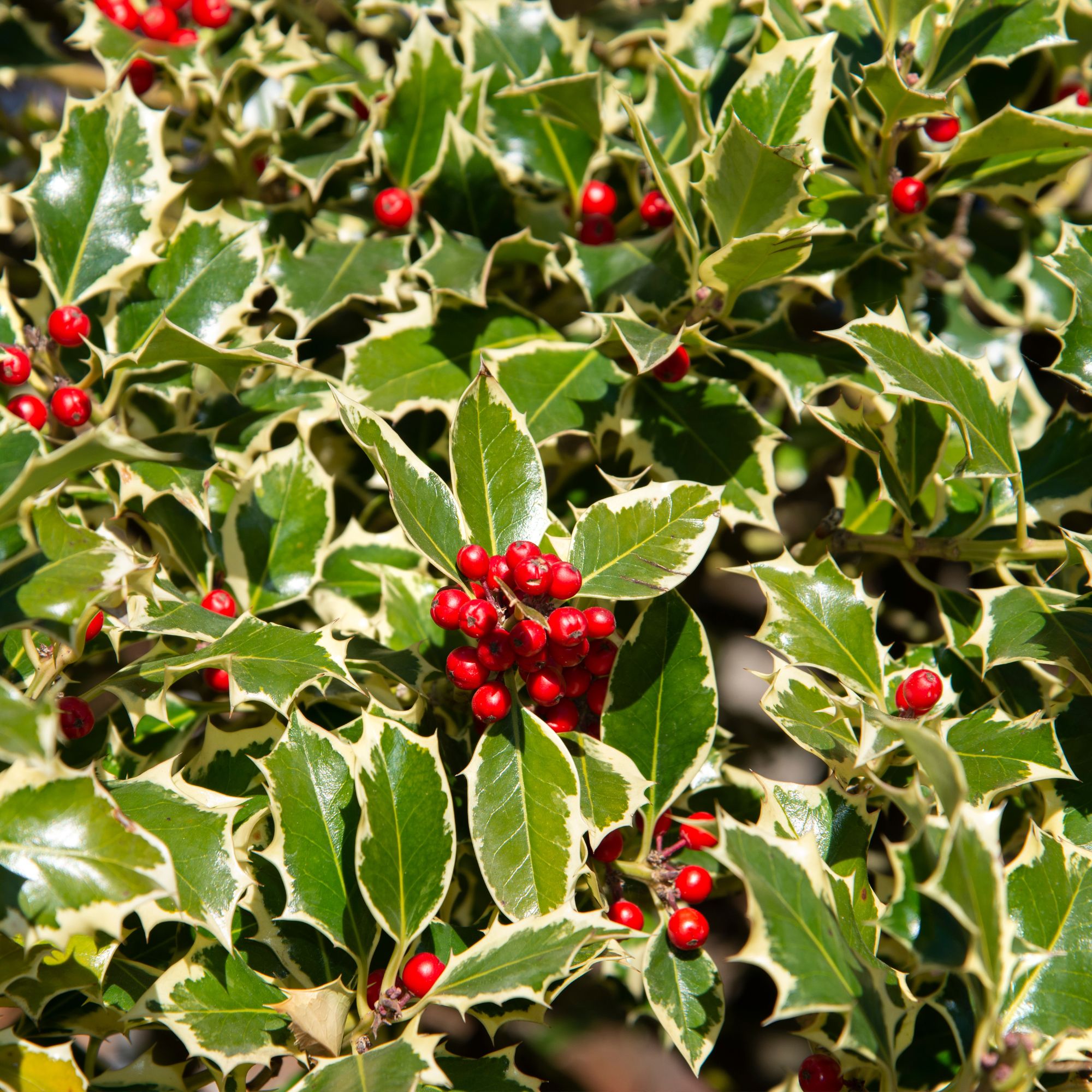
Not only is growing holly great for birds, but it provides excellent security hedging, as well as its signature festive look.
‘Even though holly berries will have ripened in the autumn, most birds will not feed on them until late winter. The berries provide them with another food source at this part of the year, as other food sources can be scarce due to most plants entering dormancy,’ says Graham.
‘The spiky leaves of the plant can also provide protection for smaller birds from predators if they roost along the branches. Only female holly plants will produce berries, so there will need to be a male plant close by for pollination.’
Making your garden a friendly for birds is a small step you can take to help them thrive - and these four plants are a great starting point. Do you already have some in your garden?

Kezia Reynolds joined the Ideal Home team as News Writer in September 2024. After graduating from City, University of London in 2022 with a bachelor’s degree in journalism, Kezia kicked off her career spending two years working on women’s weekly magazines. She is always on the lookout for the latest home news, finding you the best deals and trends - so you don’t miss a thing!
You must confirm your public display name before commenting
Please logout and then login again, you will then be prompted to enter your display name.
